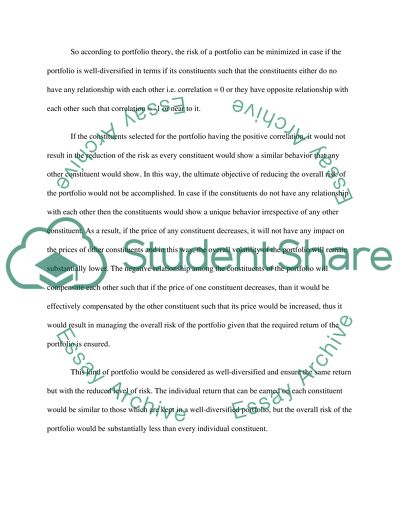Cite this document
(“Mean Variance Analysis - Portfolio Theory and Diversification Assignment”, n.d.)
Retrieved from https://studentshare.org/finance-accounting/1444863-mean-variance-portfolio-theory
Retrieved from https://studentshare.org/finance-accounting/1444863-mean-variance-portfolio-theory
(Mean Variance Analysis - Portfolio Theory and Diversification Assignment)
https://studentshare.org/finance-accounting/1444863-mean-variance-portfolio-theory.
https://studentshare.org/finance-accounting/1444863-mean-variance-portfolio-theory.
“Mean Variance Analysis - Portfolio Theory and Diversification Assignment”, n.d. https://studentshare.org/finance-accounting/1444863-mean-variance-portfolio-theory.


